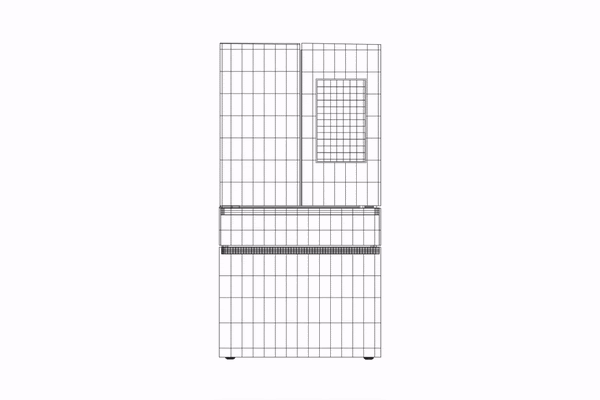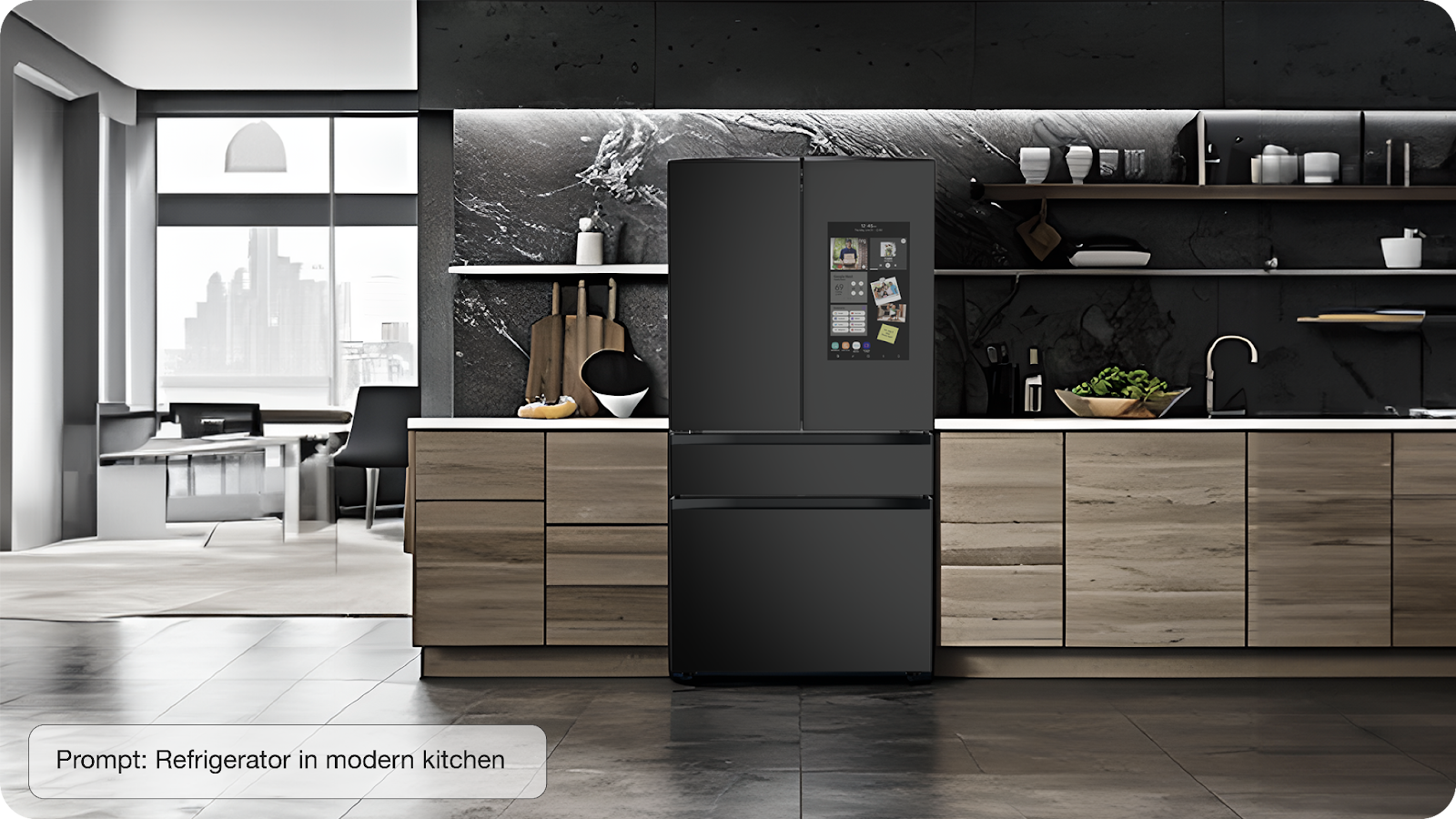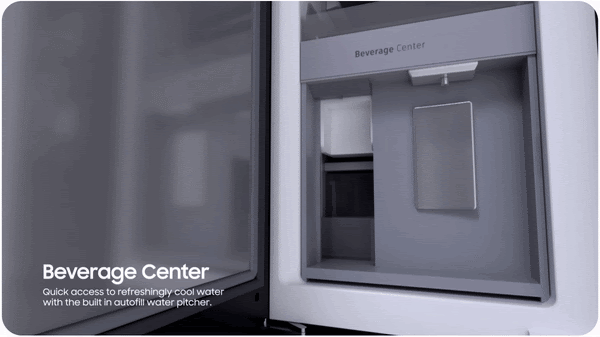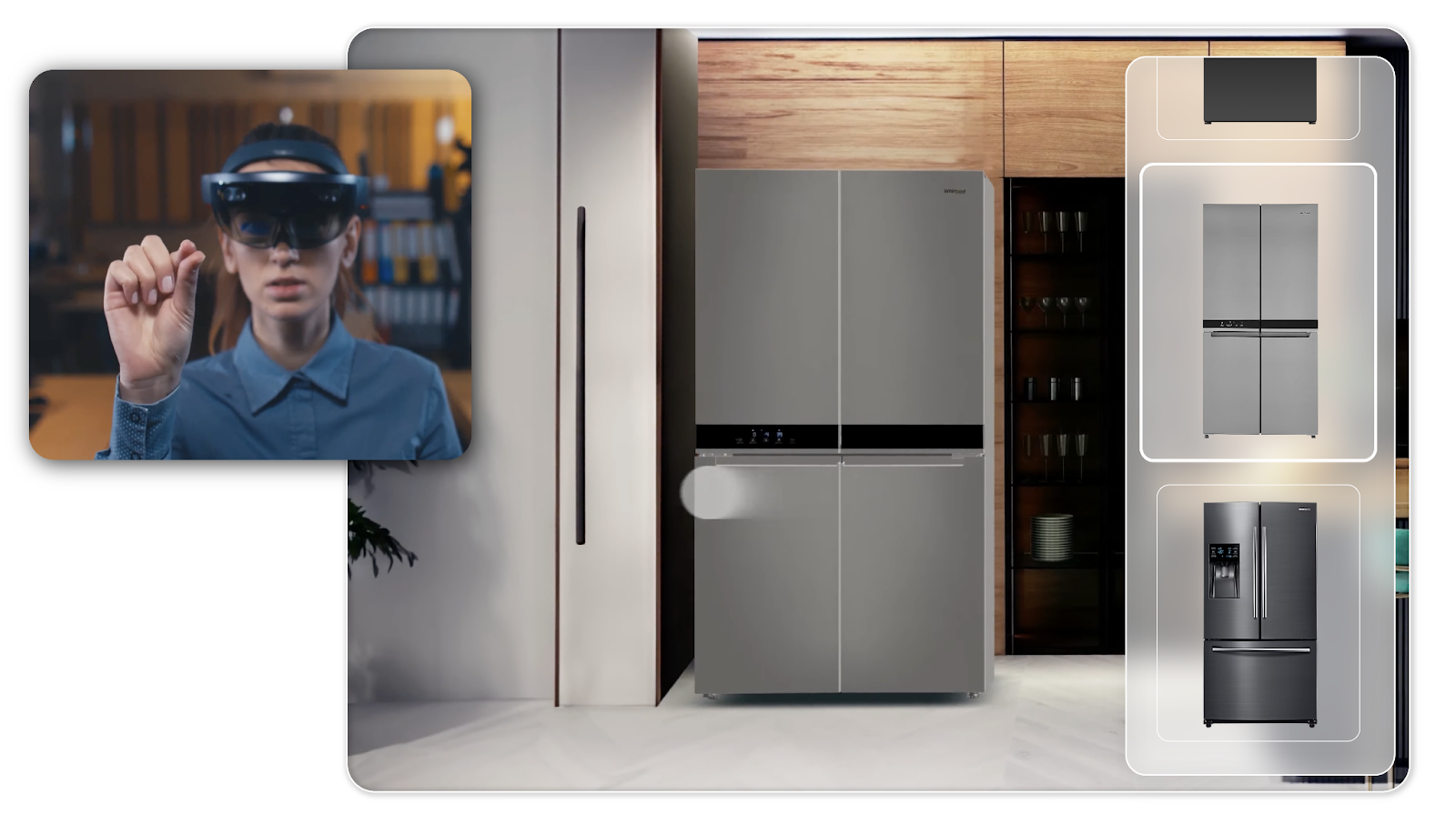Bridging the Gap: How Generative AI is Transforming Retail with Avataar
In today's rapidly evolving retail landscape, one topic that consistently captures attention is the use of generative AI. It's a technology that continues to redefine the way we think about the relationship between the digital and physical worlds, particularly in how high-quality visual assets for products are created and optimized for e-commerce. Recently, Sravanth Aluru (CEO, Avataar) and Jane Rawnsley (SVP Creative AI, Avataar) joined Chris Walton and Anne Mezzenga from Omnitalk Retail to explore how this innovative technology is transforming the retail industry. Their insights provide a compelling look into the future of retail, where AI isn't just enhancing workflows but completely reshaping how products are marketed, sold, and experienced by consumers.
A New Frontier: Merging AI and Computer Vision
Avataar merges AI and computer vision to offer unprecedented brand content creation tools. These tools don't just optimize workflows; they redefine the process of e-commerce product content at scale. For both creators and consumers, Avataar’s platform is about driving efficiency and creativity while drastically reducing operational costs.
Sravanth described the mission as twofold: "One is on the creator side, making them superhumans, and the other is on the consumer side, bridging the huge divide between digital, physical, and online product discovery."
The old way of creating product visuals involved expensive, time-consuming photo and video production. Today, Avataar offers the ability to streamline these processes and create cost-effective, high-volume visual assets at scale, efficiently and affordably.
From Concept to Reality: The Evolution of Product Imagery
Jane Rawnsley, with her extensive experience in retail giants like Wayfair and Williams Sonoma, has seen firsthand how AI is transforming the industry. For her, the key takeaway is scale—how to produce high-resolution product visuals that meet consumers where they are while keeping operational efficiency in mind. "The name of the game here is really scale," she emphasized.
Generative AI is no longer just about solving existing retail problems; it’s about unlocking new possibilities. Jane explained that while traditional retail content creation involved a myriad of challenges—like producing thousands of dollars’ worth of product videos and photos—Avataar’s platform has revolutionized the process. Retailers can now create everything from 360° product imagery to highly immersive assets like 3D product videos, all with minimal inputs.
Imagine being able to visualize a bed frame not only in a standard photo but also in various lifestyle settings like a lake house or a modern city apartment—all without physically moving the product or conducting elaborate shoots. These are the types of scenarios that Avataar enables retailers to create in a fraction of the time and cost it used to take.
Digital Twins: A Key to Unlocking Immersive Experiences
At the core of Avataar's technology is the concept of creating 3D digital twins—precise, 3D replicas of products that can be manipulated and placed into any digital environment. The process begins with basic images and product dimensions. From there, Avataar’s platform takes over, generating high-quality 3D models that can be used in various contexts, whether for simple product pages or more interactive experiences like AR and VR.
For example, a retailer could provide a few images of a bed frame, and Avataar would not only recreate the bed frame digitally but also dress it with bedding, showcase it in a variety of room settings, and produce dynamic content. As Jane pointed out, “With just a few pushes of a button, we’re able to create brand-new lifestyle imagery that would have taken years to compile in the past.”
This approach is a game-changer for retailers. Instead of spending weeks coordinating product photography shoots and logistics, they can produce fast-delivery visual assets that resonate with their brand and target audience at a fraction of the time and cost.
Redefining Retail Marketing
One of the most exciting aspects of Avataar’s technology is its potential for redefining retail marketing. Sravanth pointed out that retailers no longer need to think about physical limitations when marketing their products. From basic product discovery to immersive videos and spatial experiences, the platform enables retailers to create engaging, interactive experiences that go beyond traditional methods.
Consider the example of a refrigerator: with Avataar, a retailer could create an interactive functional video where the refrigerator door opens, highlighting key features like the ice maker. Or, in the case of a watch, consumers could see an exploded view of the internal mechanisms, providing a deeper, more engaging understanding of the product.
As we move toward a future dominated by devices like MetaQuest and Apple’s Vision Pro, these spatial experiences will become even more crucial. Avataar is at the forefront of this shift, providing tools that allow retailers to deliver product content in a way that seamlessly integrates with their existing workflows.
Scalability: The Key to Unlocking Personalized Experiences
One of the most exciting potentials of Avataar’s platform is its scalability. AI enables retailers to create a virtually unlimited number of assets without the logistical headaches of traditional methods. This means that personalized shopping experiences, once a dream, are now within reach. Retailers can create customizable virtual production for different consumer personas, seasons, or geographic region — tailoring their content to resonate with each segment of their audience.
Jane put it succinctly: “I don’t really know anyone that’s been able to achieve personalization at this scale, but this technology changes that.”
The ability to show a product in multiple settings or highlight specific features for different types of consumers provides retailers with a level of personalization that simply wasn’t possible before. And it’s not just about meeting customer expectations—it’s about exceeding them, offering experiences that are as engaging as they are informative.
Easy Implementation, Big Results
One of the most impressive aspects of Avataar’s platform is how easy it is to implement. Retailers can start with just a handful of images and product dimensions, and Avataar handles the rest. Sravanth emphasized that the process is streamlined, whether retailers prefer a managed visual content service or a self-serve model.
“People want workflows that can scale up to millions of SKUs per year,” Sravanth said, noting that the platform can cater to both small brands and large-scale marketplaces with equal ease.
This flexibility is crucial in today’s fast-paced retail environment, where time to market and the ability to scale content efficiently can make or break a brand.
Transformative Case Studies: Avataar in Action
While confidentiality agreements prevent Avataar from revealing all the clients they work with, Sravanth was able to share some impressive results from Samsung, one of their prominent clients. Across nine different geographies, Samsung saw a 100% increase in conversion rates and a significant boost in consumer engagement—up to 90 seconds per interaction.
This isn’t just about creating beautiful images; it’s about driving real business results. Avataar is helping retailers foster stronger emotional connections with their customers, which, in turn, leads to higher conversion rates and increased sales.
The Future of Retail is Here
In a world where online and offline shopping experiences are increasingly blending, Avataar’s platform provides a much-needed bridge between the two. Retailers can now offer consumers immersive, AI-powered scrolls and personalized experiences that go beyond traditional shopping methods. And with generative AI at its core, the possibilities for 3D product imagery, dynamic social media content, and YouTube marketing videos are endless.
As Sravanth aptly put it, “We’re not just creating visuals; we’re helping retailers tell better product stories.” And in the competitive world of e-commerce, better stories are what ultimately drive success.
For retailers looking to stay ahead of the curve, Avataar represents a significant leap forward. With its ability to scale content production, personalize shopping experiences, and create rich, immersive environments, it’s not just transforming how products are sold—it’s shaping the future of retail.





